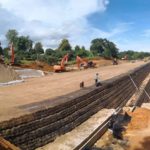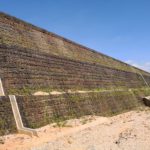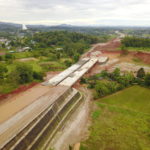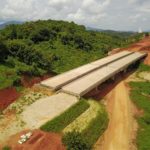Company:
TenCate Geosynthetics
Project Details
Fabric 1
Miragrid® GX
Producer/Manufacturer:
TenCate Geosynthetics Asia
Primary Use:
Main Fabric
Engineer Company 1
Bureau of Highways Construction 1, Department of Highway
Design Company
Division of Survey and Design Highways 1, Bureau of Highways Construction 1, Department of Highway
Installation Company
Phraethumrongvit CO.,LTD
Please describe the project specifications
Chiang Rai is one of the major cities that lies in the northernmost of Thailand. It is strategically located near to the borders of Thailand, Laos and Burma, also known as the Golden Triangle. As part of the regional economic development linking Southern China with other neighboring countries, its strategic location substantially increased traffic volume to the province.
The Department of Highway, Thailand had plans for a new 46.7km four-lane bypass road that will pass thorough nine sub-districts in four main districts, including Muang, Mae Lao, Wiang Chai and Phan. The construction of the new bypass road will serve as an alternative route to other existing routes. The objective of the project was to shorten the travel time between the surrounding districts with a fast and safe new route to transport both people and goods. It plays a vital role in providing the impetus for growth in local economic development and promote business opportunities with the improved infrastructure and eased traffic conditions.
The proposed new bypass road was designed to a finished road level higher than the original ground level, connecting to existing roads and the new bypass bridge structure. A steep retaining structure system varying from a minimum wall height of 4.0m to a maximum wall height of 18.0m was adopted. As stability of the proposed retaining wall was a key concern in the project, geogrid reinforcement was used to help enhance the stability of the wall with a 120 years design life in accordance to British Standard BS8006:2010. Subsurface drainage wrapped with nonwoven filter geotextile was proposed at the back of the wall extending to the wall facing in every berm to effectively control the water seepage within the wall structure.
Space constraint was one of the major challenges faced in this project, having to construct approximately 2 kilometers length of elevated new bypass road over irregular terrains. Due to the natural occurrence of earthquakes, a stable retaining structure designed under seismic conditions was extremely critical. A steep retaining wall with a slope gradient of 1H:2V (63° angle) reinforced with geogrid reinforcement was proposed to resolve both space constraint and instability issues in this project, while offering a cost effective and time saving construction method to the client.
What is unique or complex about the project?
The client was very satisfied with the outstanding benefits and efficiency derived from the value-engineered solution provided. The steep retaining wall system reinforced with Miragrid® GX geogrid successfully enhanced the stability of the retaining structure with a quick and practical method of installation. The project was completed in less than 6 months, half the construction time of what would otherwise require one year to complete. Thus, in addition to structural stability, significant time and cost savings was generated from the effective construction methodology.
To blend the façade of the retaining wall with the surrounding environment, hessian bags filled with soil, fertilizer and seeds were placed as the facing system of the wall to promote vegetation growth. This created a continuous stretch of a beautiful natural green environment.
Content is submitted by the participant. IFAI is not responsible for the content descriptions of the IAA award winners.
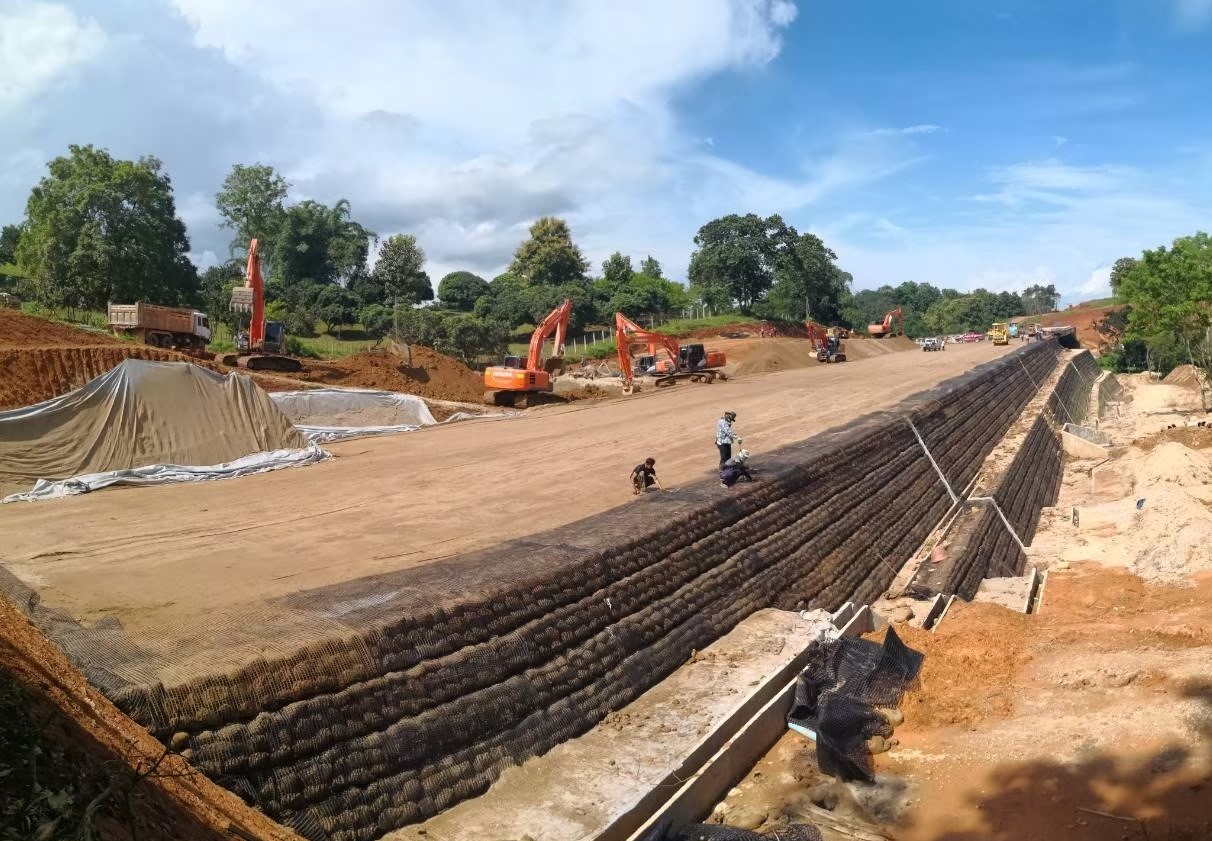
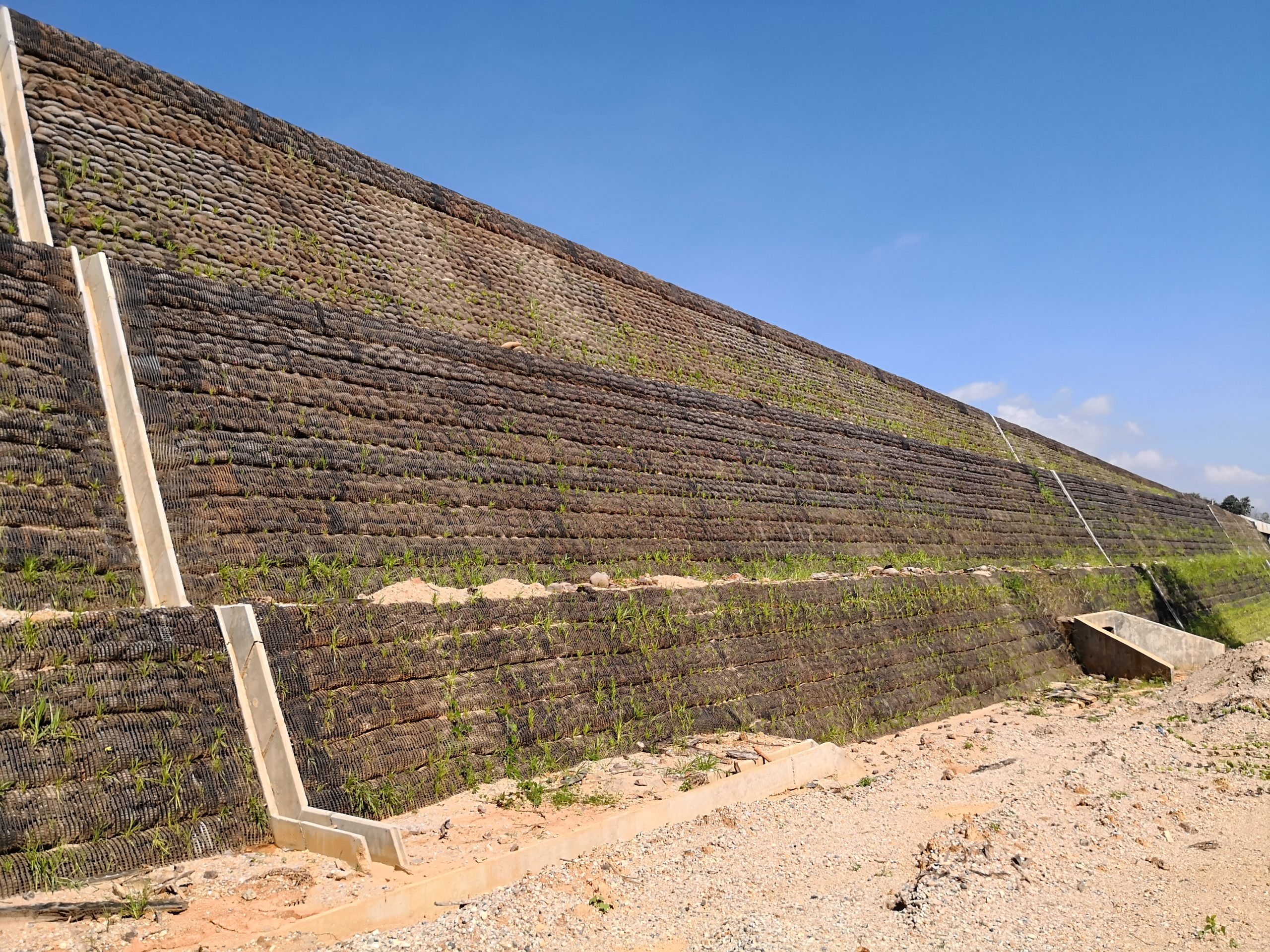

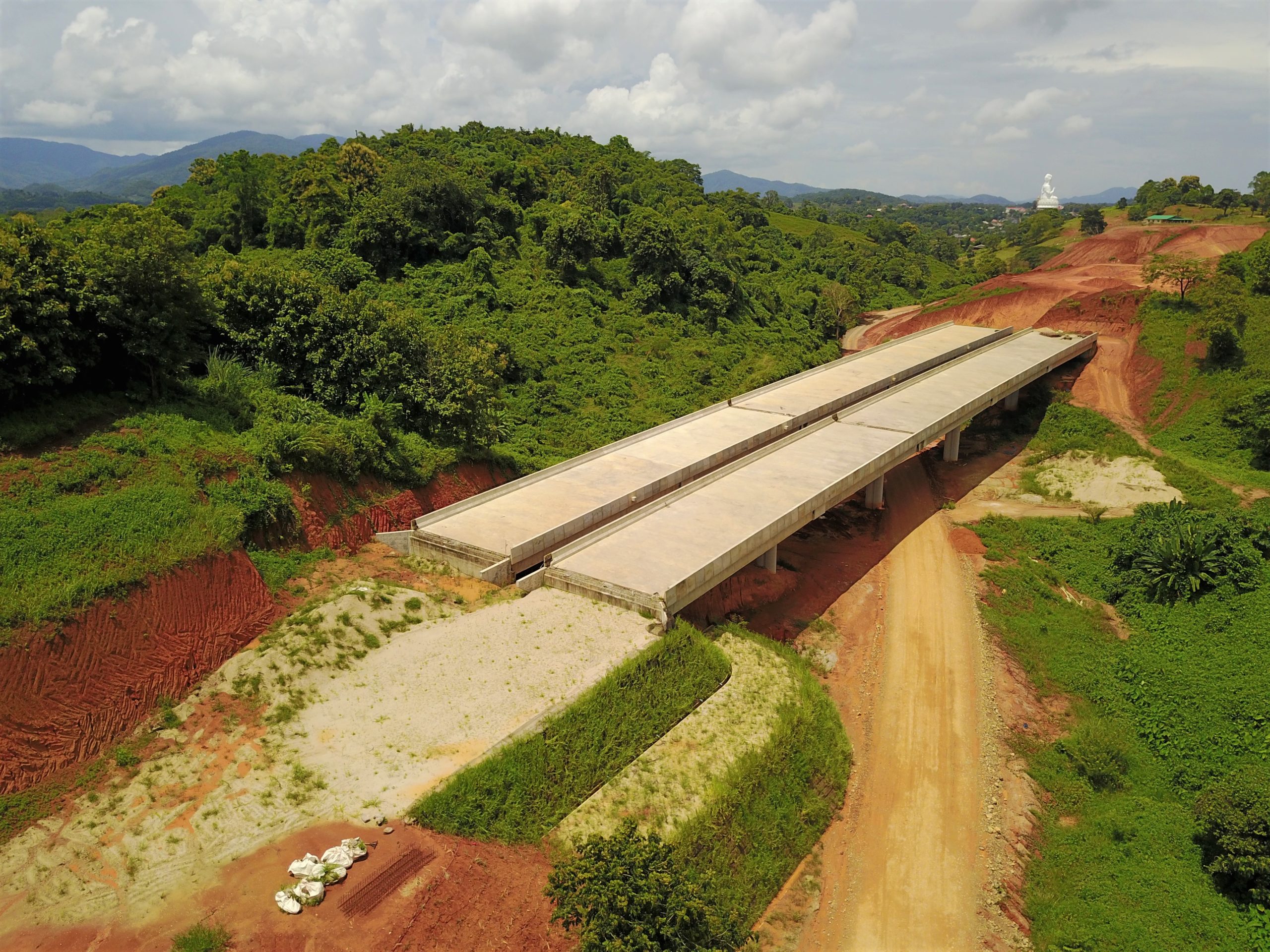
 TEXTILES.ORG
TEXTILES.ORG



